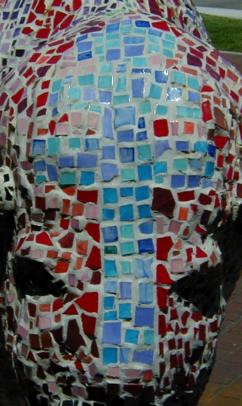
|
The Papal Cross is the official emblem of the
papal office. It typically is only displayed when the pope
is present. I stuck it on Bysontine's forehead to sort of
lead the way.
|
|
The Orb Cross symbolizes the final triumph and
reign of Christ over the world. This was one of the most
difficult crosses to put together because it covers some of
the most deeply textured surface of the sculpture.
|
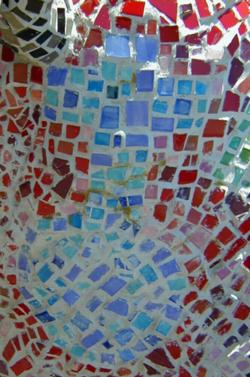
|
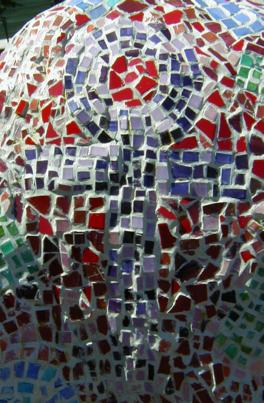
|
The Ankh, or Ansate Cross, is an ancient
Egyptian hieroglyph representing life and regeneration. This
symbol is also pieced together over a highly textured
surface.
|
|
The Latin Cross is the most common form of cross.
It is difficult to see this cross from a distance, since it
crosses over the back of Bysontine's head.
|
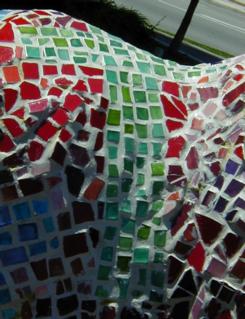
|
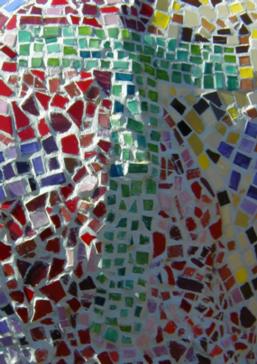
|
The Tau Cross is the original form of cross. One
can actually see in this photograph how the shapes become
less regular going down this cross as the surface of the
fiberglass sculpture underneath became more and more deeply
textured.
|
|
The Russian Orthodox Cross has an angled foot bar.
I read somewhere that the foot bar is angled because the
Russian Orthodox Church believes that one of Jesus' legs was
longer than the other. This story amuses me, but I know of
no biblical basis for this belief.
|
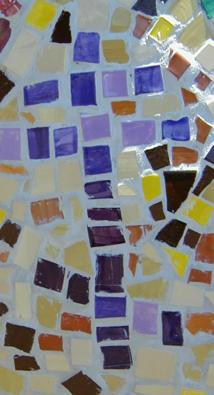
|
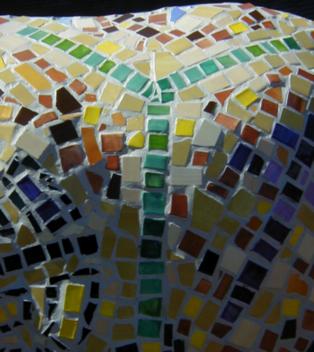
|
This Forked Cross is and ancient symbol also
called a Gabelkreuz. There are several crucifixes
sculpted with this sort of cross. It would seem to have a
Trinitarian aspect similar to the triquetra.
|
|
The Patriarchal Cross has an upper bar that
represents the inscription placed on the cross by Pilate.
Unlike the Russian Orthodox Cross, it bears no foot bar.
|
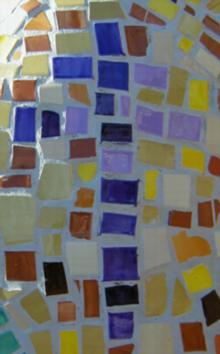
|
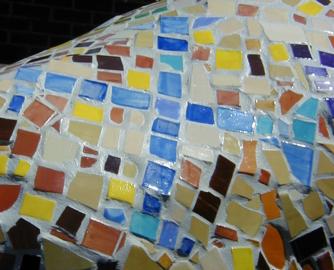
|
The Crutch Cross is a simplified form of the
Jerusalem cross. It consists of four tau crosses, or
crutches joined together.
|
|
The Greek Cross has four arms of equal length. It
is quite commonly seen today in the color red.
|
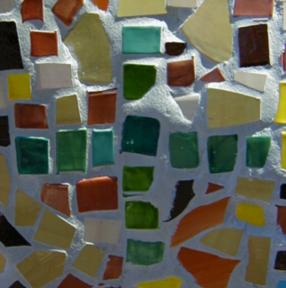
|
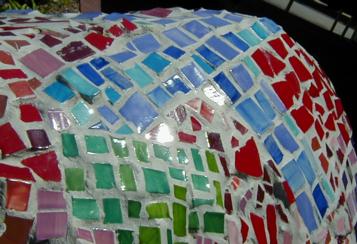
|
The St. Andrew's Cross tradition says that the
apostle Andrew died on this "x" form of cross, requesting
that he be crucified on a cross unlike that of his Lord.
This cross is hard to see because it is right on top of the
buffalo's hump.
|
|
The Triquetra is an early symbol of the Holy
Trinity. The three equal arcs express eternity in their
continuous form, indivisibility in their interweaving, and
create a triangle at their center.
|
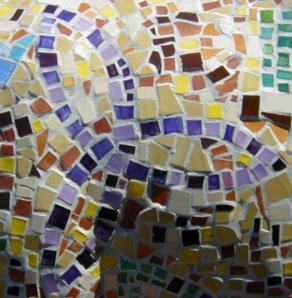
|
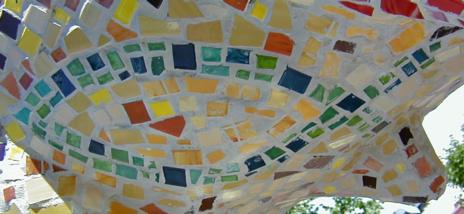
|
The Fish was a secret sign used by early
persecuted Christians to designate themselves as believers
in Jesus. The initial letters for the Greek words for "Jesus
Christ, God's Son, Savior" spell the Greek word for fish,
(ICTHUS). ICQUS
|
|
The Anchor Cross is Egyptian in origin. I stuck
this on the buffalo's right forearm, like a Popeye the
sailor tattoo.
|
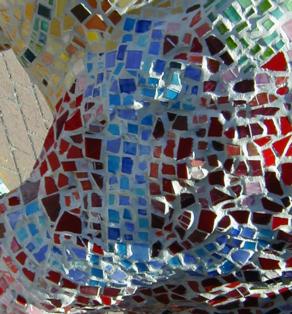
|
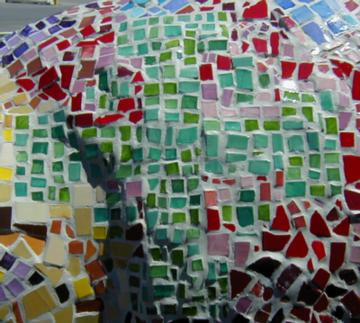
|
The Jerusalem Cross is made of five crosses
symbolizing the five wounds of Christ. This was the first
cross drawn on the surface of the buffalo.
|
|
The Chi Rho is a monogram of the first two
letters, Chi (X) and Rho (P), of the Greek word for Christ.
When the buffalo appeared in the local paper, the Shawnee
News-Star, the picture was reversed, making this symbol look
backward.
|
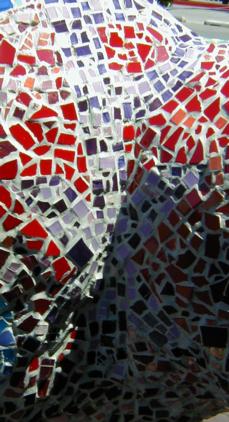
|
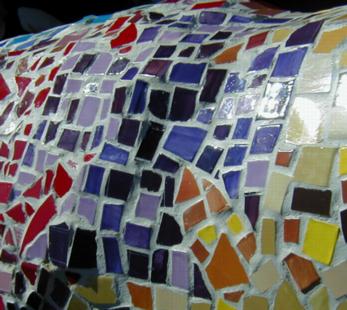
|
The Cross Pattée is often confused with the
Maltese Cross. A red version of this cross was often
associated with the Knights Templar.
|
|
The Step Cross or Graded Cross has three
steps that stand for faith, hope, and love.
|
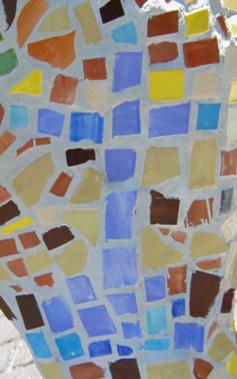
|
|
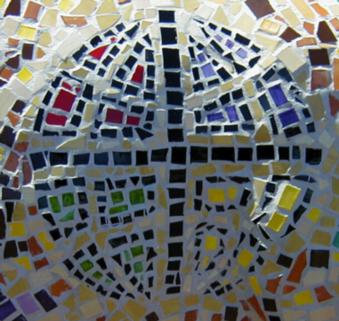
|
Finally:
The ELCA emblem, similar to the Jerusalem cross and shaped
like an orb, is used to visually identify the Evangelical
Lutheran Church in America.
|
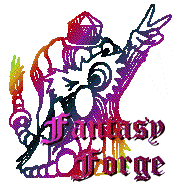 Tile
Mosaic
Tile
Mosaic